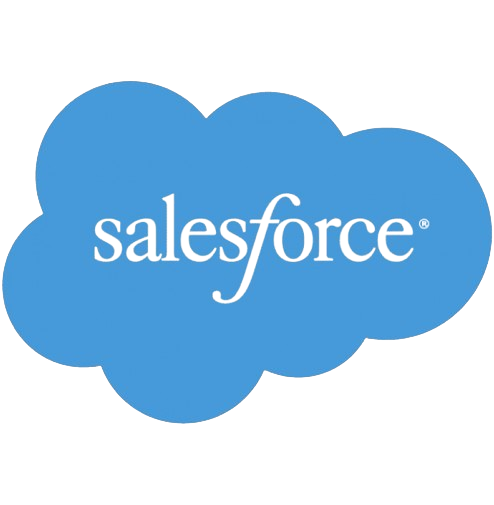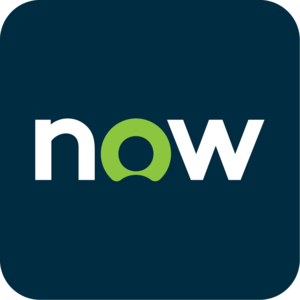Salesforce SLAs in Managed Services: Key Metrics & Tiers
Let’s face it! Outsourcing isn’t what it used to be at all. Now, Salesforce Managed Services go far beyond basic support. Trust, performance, and measurable outcomes are the basis of these strategic partnerships. At the core of these relationships, there are SLAs (Service Level Agreements) that define response times, up-time guarantees, and accountability.
Salesforce reached record-high in annual revenue during 2025, primarily driven by its subscription and support segment, according to Statista. Understanding SLAs isn’t optional; it’s a strategic necessity for your business.
Before diving into SLA metrics and KPIs, it’s essential to understand the foundational elements that determine Salesforce support delivery:
- Service Level Agreements
- Entitlements
- Support Tiers
These three components define the kind of support you get, how fast you get it and who is responsible for delivering it.
What Are Salesforce SLAs?
Salesforce Service Level Agreements (SLAs) are contractual benchmarks or formal commitments among the service provider and a client, outlining expected performance standards.
These agreements make sure that clients get consistent and accountable service across all tiers. In Managed Salesforce operations, SLAs typically define:
Core SLA components in Salesforce Managed Services
Salesforce Response Time SLA
It defines how quickly Salesforce support acknowledges a submitted case. This is typically under 1 hour for critical issues. It ensures immediate attention to business-impacting incidents.
Salesforce Resolution Time SLA
Time taken to fully resolve the issue based on its priority. It’s often expected within 4 hours to minimize disruption.
Salesforce Uptime SLA
Commits to a level of system availability, usually 99.9%.
Salesforce Escalation Path SLA
It defines the structured process for escalating unresolved or delayed cases to higher tier support teams based on severity and impact.
Monitoring and Reporting SLA
It determines how SLA performance is tracked and reported, either via dashboards, automated alerts, or monthly reviews. It ensures transparency and continuous improvement.
Dedicated Support SLA
This guarantees access to the specialized support teams familiar with the client’s org architecture. These teams provide proactive guidance and faster issue resolution.
These SLAs make the backbone of service accountability and are directly tied to the client’s support entitlements and tier level.
The Salesforce entitlements framework to understand how these SLAs are enforced. Let’s have a look at entitlements in Salesforce Managed Services.
What Are Entitlements in Salesforce Managed Services?
Entitlements in Salesforce are internal records for tracking what level of support a customer is eligible for. They act as gatekeepers for SLA enforcement.
Think of entitlements as the bridge between your support plan and the SLA rules that apply to it.
Key Entitlement Records
Support Tier Eligibility: Standard, premier, enterprise.
Case Type Coverage: Technical issues, billing, and feature requests.
SLA Policy Mapping: Which SLA rules apply to which case types.
Response and Resolution Targets: Timeframes based on severity.
Escalation Rules: When and how cases are escalated.
Entitlement Process Workflows: Automation rules for SLA tracking.
Service providers activate these entitlements based on the client’s support tier, which determines the depth and speed of service.
Salesforce Support Tiers and Their SLA Implications
Salesforce offers tiered support plans that align with business complexity and risk management. Each tier comes with its own SLA commitments and entitlement structure.
| Support Tier | Availability | Entitlements | SLA Highlights |
|---|---|---|---|
| Standard | Business hours only | Basic case handling | No guaranteed resolution time |
| Premier | 24/7 support | Accelerated response, proactive alerts | Defined response/resolution SLAs |
| Enterprise | Custom coverage | Dedicated team, strategic consulting | Tailored SLAs, uptime guarantees |
To see how SLAs, entitlements, and support tiers work together in practice, let’s look at how they interact during a support case lifecycle.
How SLAs, Entitlements and Support Tiers Work Together
When a support case is submitted, Salesforce checks the customer’s entitlement record to determine which SLA policies apply.

These policies are then enforced based on the customer’s support tier to meet expectations and handle escalations appropriately.
Salesforce SLA Metrics, KPIs and Compliance Monitoring
A well-defined Salesforce Service Level Agreement must be backed by measurable performance indicators that validate service quality and ensure accountability across every support interaction.
Key SLA Metrics That Drive Business Confidence
Salesforce Managed service providers monitor a set of core SLA metrics and KPIs to ensure commitments are consistently met. These include:
- First response time
- Mean time to resolution (MTTR)
- Uptime percentage
- Escalation rate
These KPIs provide visibility into service performance, vendor reliability, and risk exposure.
How Salesforce SLA Compliance Is Monitored
Compliance with SLA terms is tracked through real-time dashboards, monthly performance reviews, and automated alerts. These tools allow businesses to:
- Audit SLA adherence across support tiers.
- Identify patterns in response and resolution times.
- Proactively address gaps before they impact users or revenue.
This level of transparency is critical for organizations with complex Salesforce environments. It transforms SLAs from static documents into dynamic performance frameworks which provide long-term value.
When SLA metrics are monitored with precision and tied to business outcomes, Salesforce Managed Services evolve from reactive support to strategic enablement.
CCI’s Strategic Approach to Salesforce Service Level Agreements
Cloud Consulting Inc. helps businesses turn Salesforce SLAs into measurable outcomes. Our team ensures that service level agreements are not just defined but enforced through strategic entitlement mapping, proactive support, and real-time performance tracking.
Our services include Salesforce CRM implementation, managed and advisory services.
FAQs
What is a good SLA for Salesforce support?
A good SLA includes response times under 1 hour for critical issues, resolution within 4 hours, and 99.9% system uptime.
How to define SLAs in Salesforce Managed Services?
Align SLAs with business impact, ticket severity, and operational goals. Include escalation paths and KPIs.
How do Salesforce SLAs improve customer satisfaction?
Faster resolution, proactive monitoring, and clear accountability lead to higher trust and smoother operations.
What is the difference between SLAs and Entitlements in Salesforce?
SLAs are the contracts that define the rules (commitments). Entitlements are the internal Salesforce records that act as the enforcer, automatically mapping the correct SLA rules to specific support cases based on your support tier.
Which core SLA metrics should I prioritize?
Prioritize metrics tied to continuity and risk like Mean Time to Resolution (MTTR), Uptime Percentage, and First Response Time. These provide visibility into vendor performance and protect business operations.





